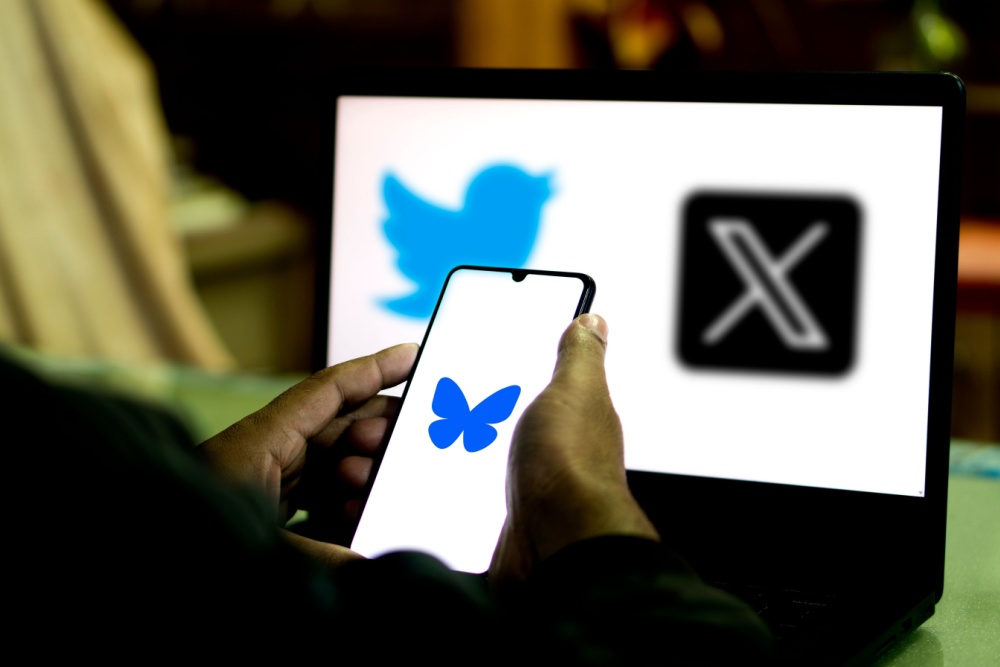In recent years, there has been a noticeable shift in the scientific community as many researchers are leaving X to join Bluesky. This trend has sparked considerable interest and debate among industry experts and academics alike. The reasons behind this migration are multifaceted, ranging from the pursuit of better research opportunities to the allure of a more collaborative and innovative environment. In this post I explore the key factors driving this exodus and to try to understand the implications it holds for both institutions and the broader scientific landscape.
X Has Become “Professionally Useless”
A recent survey of more than 800 researchers found that many now describe X as: “Unpleasant, toxic, and irrelevant.”
Key problems include:
- Harassment and trolling
- Algorithmic noise drowning out useful content
- Misinformation spreading unchecked after moderation cutbacks
- Declining visibility for scientific posts
Migration Patterns to Bluesky
A study tracking 300,000 academic users shows:
- 18% overall have migrated since 2023
- 3% in arts & humanities
- 3% in medicine
Why the gap? Disciplines like humanities rely more heavily on open dialogue and are more sensitive to toxic environments, while medicine tends to prioritize tightly controlled forums.
What’s Attracting Scientists to Bluesky?
There are a handful of reasons scientists are becoming increasingly interested in switching to Bluesky from X:
- Customizable Feeds: Bluesky’s AT Protocol lets users design or choose their own algorithms, filtering content by discipline, topic, or tone.
- Collaborative Culture: Early adopters say it feels like “old Twitter” — collegial, curious, and supportive.
- Better Reach: Dr. David Shiffman reports 100x more blog traffic from Bluesky than X. Ars Technica’s Bluesky following surged 63% in 2025, surpassing its X traffic.
External Events That Accelerated the Shift
Certain outside occurrences have played a part as well.
- Brazil’s ban on X (2024) raised global skepticism.
- Elon Musk’s controversies — algorithm manipulation and relaxed moderation — have unsettled many academics.
- Network effects: Once key thought leaders left, peers followed.
Why This Matters
This is about more than social media. It’s about how science is shared and discovered. X was previously the primary global stage for amplifying findings, engaging the public, and fostering collaboration. However, more recently Bluesky has become a quieter commons for disciplinary dialogue, peer engagement, and rebuilding community — especially for early-career researchers.
What’s Next?
However, questions persist. Can Bluesky scale to serve diverse fields? Or will academics fragment across Mastodon, Threads, Discord, and Slack? The biggest challenge will be keeping scientific dialogue open, public, and equitable in the platform shuffle.
If you’re curious, Bluesky may already feel more welcoming and intellectually relevant than X — especially if you value thoughtful, community-driven content over viral outrage cycles.
Have ideas, questions, or thoughts to share? I’d love to hear from you—feel free to reach out anytime at g.*******@***et.com. And if you want more insights like this, subscribe on our website to get regular tips on cybersecurity, IT management, AI tools, and more delivered to your inbox weekly.





0 Comments